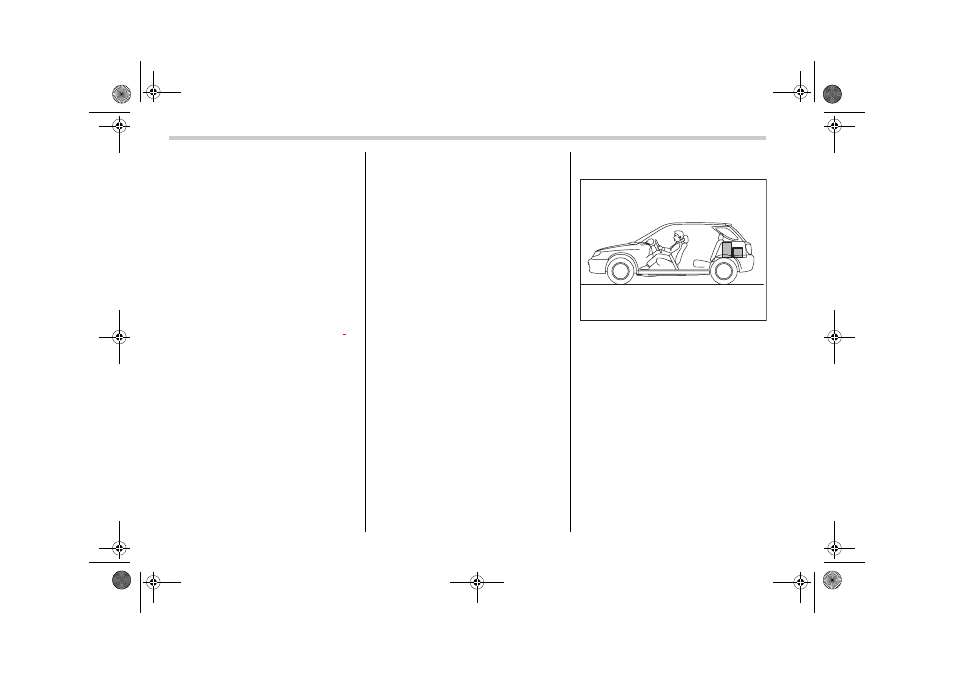Saab 2006 9-2 User Manual
Page 308

13-8
Consumer information and Reporting safety defects
involves switching the front and rear
tires on the right-hand side of the ve-
hicle and similarly switching the front
and rear tires on the left-hand side of
the vehicle. (Each tire must be kept on
its original side of the vehicle.) Re-
place any damaged or unevenly worn
tire at the time of rotation. After tire ro-
tation, adjust the tire pressures and
make sure the wheel nuts are correct-
ly tightened. A tightening torque spec-
ification and a tightening sequence
specification for the wheel nuts can be
found “Flat tires” section in chapter
9.
¢ Vehicle load limit – how to de-
termine
The load capacity of your vehicle is
determined by weight, not by avail-
able cargo space. The load limit of
your vehicle is shown on the vehicle
label attached to the driver’s side B-
pillar. Locate the statement “The com-
bined weight of occupants and cargo
should never exceed XXX kg or XXX
lbs” on your vehicle’s label.
The vehicle label also shows seating
capacity of your vehicle.
The total load capacity includes the
total weight of driver and all passen-
gers and their belongings, any cargo,
any optional equipment such as a
trailer hitch, roof rack or bike carrier,
etc., and the tongue load of a trailer.
Therefore cargo capacity can be cal-
culated by the following method.
Cargo capacity = Load limit – (total
weight of occupants + total weight of
optional equipment + tongue load of a
trailer (if applicable))
For towing capacity information and
weight limits, refer to “Trailer towing”
section in chapter 8.
q
Calculating total and load capac-
ities varying seating configura-
tions
Calculate the available load capacity
as shown in the following examples:
Example 1A
Vehicle capacity weight of the vehicle
is 900 lbs (408 kg), which is indicated
on the vehicle label with the statement
“The combined weight of occupants
and cargo should never exceed 900
lbs or 408 kg”.
For example, if the vehicle has one
occupant weighing 154 lbs (70 kg)
plus cargo weighing 662 lbs (300 kg).
1. Calculate the total weight.
D00121
A1910BE-A-GSAAB.book Page 8 Tuesday, September 6, 2005 8:37 AM